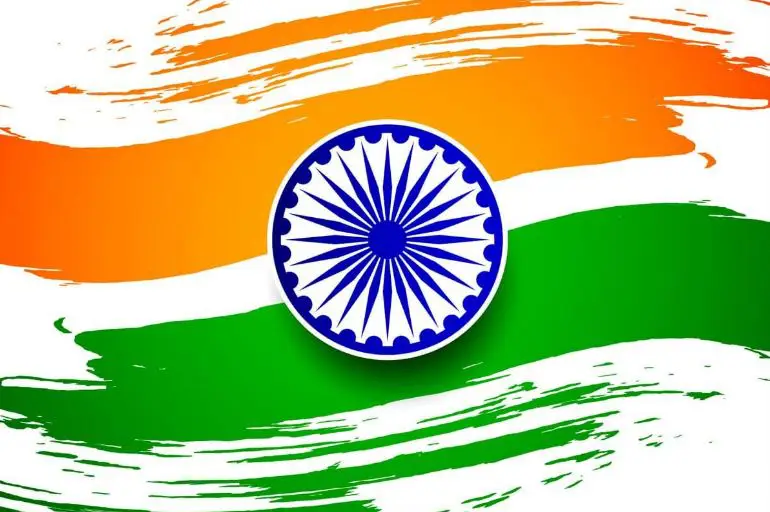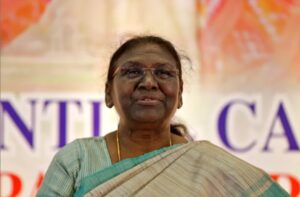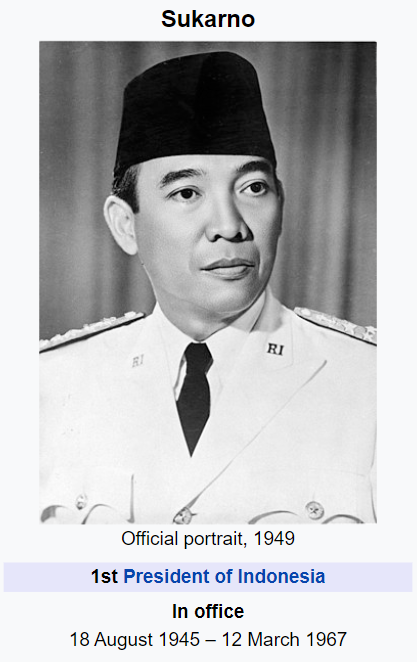Table of Contents

74th Republic day of India 2023 | When ? Why Do We Celebrate ?
India will be celebrating its Republic Day on Thu, Jan 26, 2023. Republic Day is celebrated to mark the day when the Indian Constitution came into force. It is a day to remember when India’s constitution came into force on January 26, 1950, completing the country’s transition toward becoming an independent republic.
Who will hoist the flag on the 74 Republic Day of India in Thu, Jan 26, 2023?
- President Droupadi Murmu started the ceremony by hoisting the Indian flag, following which the Republic Day Parade began from Rajpath. The parade, held annually on Thu, Jan 26, 2023, starts from Rajpath and ends at Red Fort in Delhi.

About Republic Day of India?
- Republic Day honors the date on which the Constitution of India came into effect on 26 January 1950, replacing the Government of India Act (1935) as the governing document of India.
- The Constitution was adopted by the Indian Constituent Assembly on 26 November 1949, and came into effect on 26 January 1950 with a democratic government system, completing the country’s transition towards becoming an independent republic.
Why do we celebrate on 26 January and not any other day ?
- The date 26 January was chosen as Republic day because it was on this day in 1930 when Declaration of Indian Independence (Purna Swaraj) was proclaimed by the Indian National Congress as opposed to the Dominion status offered by British Regime.
At what time Indian flag hoisted on 74th Republic Day of India Thu, Jan 26, 2023?
- The main Republic Day Parade gets underway at 9.30 a.m., following the flag hoisting at 9 a.m., on January 26 each year.
India’s first Republic Day Chief Guest ?
- During India’s first Republic Day celebrations the Indonesian President Sukarno was the chief guest.

History of Republic Day of India
- India achieved independence from British Raj on 15 August 1947 following the Indian independence movement noted for largely peaceful non-violent resistance and civil disobedience led by Mahatma Gandhi.
- The independence came through the Indian Independence Act 1947, an Act of the Parliament of the United Kingdom that partitioned British India into the two new independent Dominions of the British Commonwealth (later Commonwealth of Nations).
- India obtained its independence on 15 August 1947 as a constitutional monarchy with George VI as head of state and the Earl Mountbatten as governor-general. The country, though, did not yet have a permanent constitution; instead its laws were based on the modified colonial Government of India Act 1935.
- On 28 August 1947 the Drafting Committee was appointed to draft a permanent constitution, with Dr B R Ambedkar as chairman. While India’s Independence Day celebrates its freedom from British Rule, the Republic Day celebrates the coming into force of its constitution.
- A draft constitution was prepared by the committee and submitted to the Constituent Assembly on 4 November 1947. The Assembly met, in sessions open to the public, for 166 days, spread over a period of two years, 11 months and 18 days before adopting the Constitution.
- After many deliberations and some modifications, the 308 members of the Assembly signed two hand-written copies of the document (one each in Hindi and English) on 24 January 1950.
- Two days later, which was on 26 January 1950, it came into effect throughout the whole nation. On that day began Dr. Rajendra Prasad’s first term of office as President of the Indian Union.
- The Constituent Assembly became the Parliament of India under the transitional provisions of the new Constitution. This date is celebrated in India as Republic Day.


